Table of Contents
Coolant Leak in EV Cars: Diagnosing and Fixing the Issue in a Mercedes-Benz EQB 250
As electric vehicles (EVs) gain popularity, their maintenance and repair challenges are becoming more widely discussed. One critical issue that often surprises EV owners is a coolant leak. Unlike traditional cars, EVs use coolant to regulate the temperature of batteries, inverters, and electric motors all of which are sensitive high-voltage components.
This case study focuses on a Mercedes-Benz EQB 250 that was brought into the workshop with a coolant leak warning. We’ll explore how EV cooling systems work, the steps taken to diagnose this issue, and the final repair solution.

Do Electric Vehicles Use Coolant?
Yes. EVs, including the Mercedes EQB 250, use coolant to maintain safe operating temperatures. The coolant flows through dedicated channels to absorb heat from:
- – Battery pack (prevents overheating during charging/discharging)
- – Electric motor (maintains optimal performance under load)
- – Inverter and power electronics (ensures efficient power conversion)
- – Onboard charger (regulates heat during charging cycles)
Unlike combustion engines, where coolant primarily prevents engine overheating, EV coolant must also be dielectric (non-conductive) to avoid short circuits in high-voltage components.
Can EVs Overheat?
Yes, EVs can overheat if the cooling system fails. Typical causes include:
- – Low coolant levels due to leaks
- – Faulty coolant pumps
- – Blocked radiators
- – Air pockets caused by poor bleeding procedures
- – Software faults in the thermal management system
Overheating can damage the battery, reduce motor efficiency, and even trigger limp mode to protect the vehicle.
What Type of Coolant Do EVs Use?
EVs require specialized, non-conductive coolant designed for high-voltage systems. Key properties include:
- => Dielectric: prevents electrical conductivity
- => Thermal efficiency: dissipates heat effectively from batteries/motors
- => Corrosion resistance: protects inverter and battery channels
Mercedes-Benz typically uses ethylene glycol-based, silicate-free coolants approved for EV use. Using the wrong coolant can corrode components or cause electrical failures.
Case Study: Coolant Leak in a Mercedes-Benz EQB 250
Customer Complaint
A customer reported a coolant level warning on the dashboard of their Mercedes-Benz EQB 250. Since EVs rely heavily on their cooling systems, even small leaks can be critical.

Symptoms, Causes, and Fixes
| Symptoms | Possible Causes | Recommended Fix |
|---|---|---|
| Coolant level warning on cluster | Coolant leak in motor housing or lines | Inspect and replace faulty component |
| Pooled coolant under vehicle | Leaking coolant hoses or motor casing | Visual inspection and pressure testing |
| Pink residue around motor housing | Micro-crack in electric motor casing | Replace electric motor (sealed unit, non-repairable) |
| Repeated overheating alerts | Air pockets or failed coolant pump | Perform Xentry-guided bleeding procedure |
| White vapor or odor | Coolant contacting hot surfaces | Identify and seal leaks, replace damaged lines |
Step-by-Step Diagnosis
1. Initial Diagnostic Scan
Using Mercedes-Benz Xentry software, the technician scanned for fault codes.
- – P25567B – Coolant Level Low appeared.
- – No battery or inverter errors were logged, confirming a physical coolant loss rather than a sensor fault.
2. Physical Inspection
- – Removed underbody guards → found coolant pooling on the splash shield.
- – Pink residue traced to the lower motor housing area.
- – System was bled and cleaned to confirm leak source.
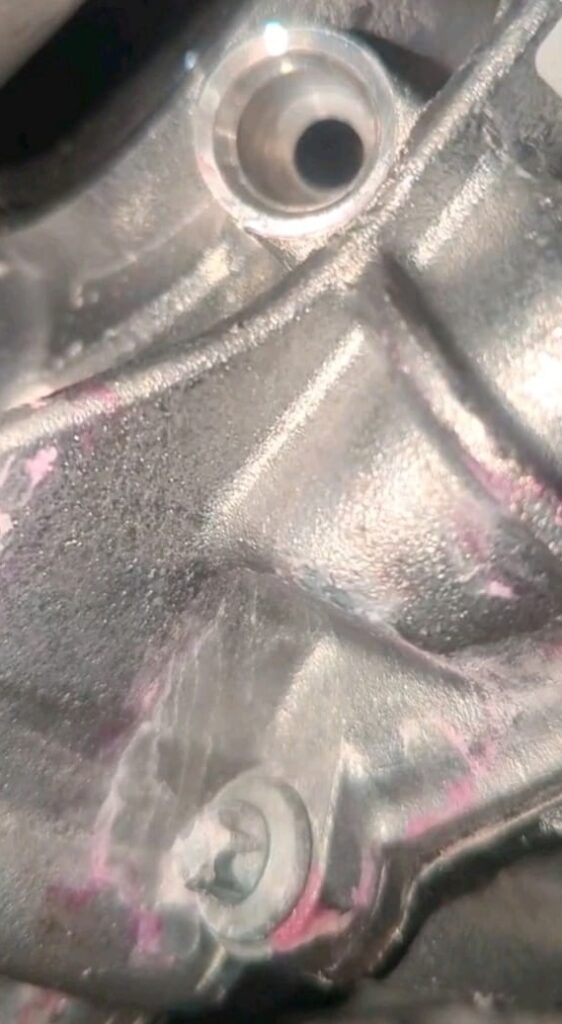
3. Bleeding the EQB Cooling System
Unlike ICE vehicles, bleeding an EV cooling system requires:
- – Unlocking valves via Xentry.
- – Using a vacuum process to remove air pockets.
- – Automated bleeding cycle for proper circulation.
4. Endoscopic Leak Detection
Using an endoscope, the technician inspected under different load conditions.
- – Found micro-leak from electric motor casing.
- – Leak worsened during simulated driving loads.
The Solution: Electric Motor Replacement
Unfortunately, the EQB’s electric motor is sealed, meaning internal coolant leaks cannot be repaired. The only option was complete replacement.
Motor Replacement Procedure
1. Remove Faulty Motor: carefully disconnected cooling lines and HV connections.
2. Deactivate High-Voltage System: isolated the vehicle for safety.


3. Install OEM Replacement Motor: ensured coolant line integrity.

4. Reassemble & Reconnect HV System: torqued all bolts to specification.
4. Refill & Bleed Coolant: performed vacuum refill with Xentry.
5. Final Testing: test drove the EQB 250 to confirm no leaks.
After replacement, the coolant level remained stable, and the warning did not reappear.
Prevention Tips for Coolant Leak in EV cars
- – Regular Inspections: Check coolant reservoir monthly.
- – Use Only OEM Coolant: Avoid universal coolants that may conduct electricity.
- – Software Updates: Ensure thermal management firmware is up to date.
- – Professional Bleeding: Always use Xentry or manufacturer-approved tools.
- – Early Action: Address small leaks immediately to avoid costly motor replacements.
Conclusion
The Mercedes-Benz EQB 250 coolant leak case study highlights how EV cooling issues differ from traditional cars. Here, the leak originated from the electric motor casing, requiring a full motor replacement.
EV owners should remember:
- – Coolant leaks in EVs can’t be ignored.
- – Using the correct coolant and procedures is critical.
- – Many EV components are sealed meaning replacement, not repair, is often the only solution.
By following the right diagnostic steps and adhering to manufacturer guidelines, technicians can ensure safe, reliable repairs.
More Mercedes Cooling System Resources
Want to explore more causes, symptoms, and repair tips for coolant leaks, overheating, and contamination?
Learn more about Mercedes cooling system faults in our full Cooling System Guide.
Learn more about the Mercedes-Benz EQB Issue in the next link:
Mercedes EQB Issue: Suspension Warning on Cluster
FAQs
Q1: Can I top up EV coolant myself?
Yes, but only with OEM-approved non-conductive coolant. Avoid mixing brands.
Q2: Why do EVs need non-conductive coolant?
To prevent short circuits in high-voltage components like the inverter and battery.
Q3: What happens if coolant leaks inside the motor?
The motor can’t be repaired a full replacement is required.
Q4: How much does it cost to fix a coolant leak in an EQB 250?
Depending on parts and labor, motor replacement can cost $5,000–$8,000.
Q5: Can overheating damage the EV battery?
Yes. Prolonged overheating reduces battery life and performance significantly.
Author
Written by: Mercedes Expert
Automotive Technical Trainer & Mercedes-Benz Diagnostic Specialist
With years of hands-on experience repairing and diagnosing Mercedes-Benz vehicles, specializes in case-study-based troubleshooting guides that blend workshop accuracy with educational clarity.
Last Updated: August 2025


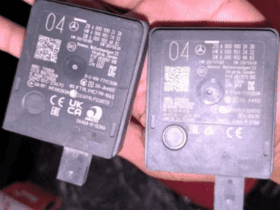
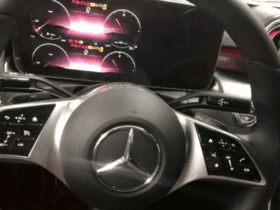

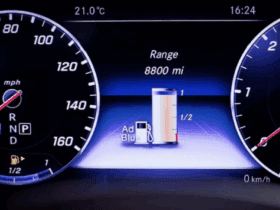
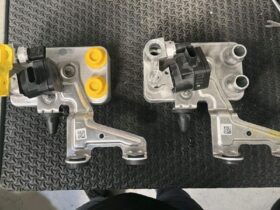



Leave a Reply